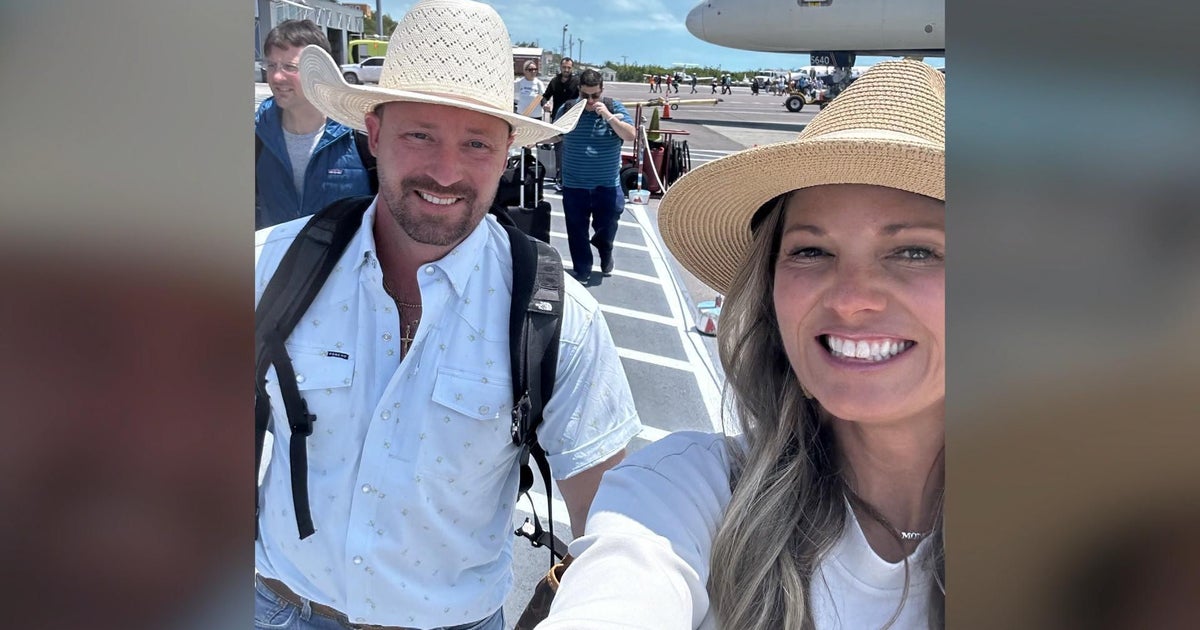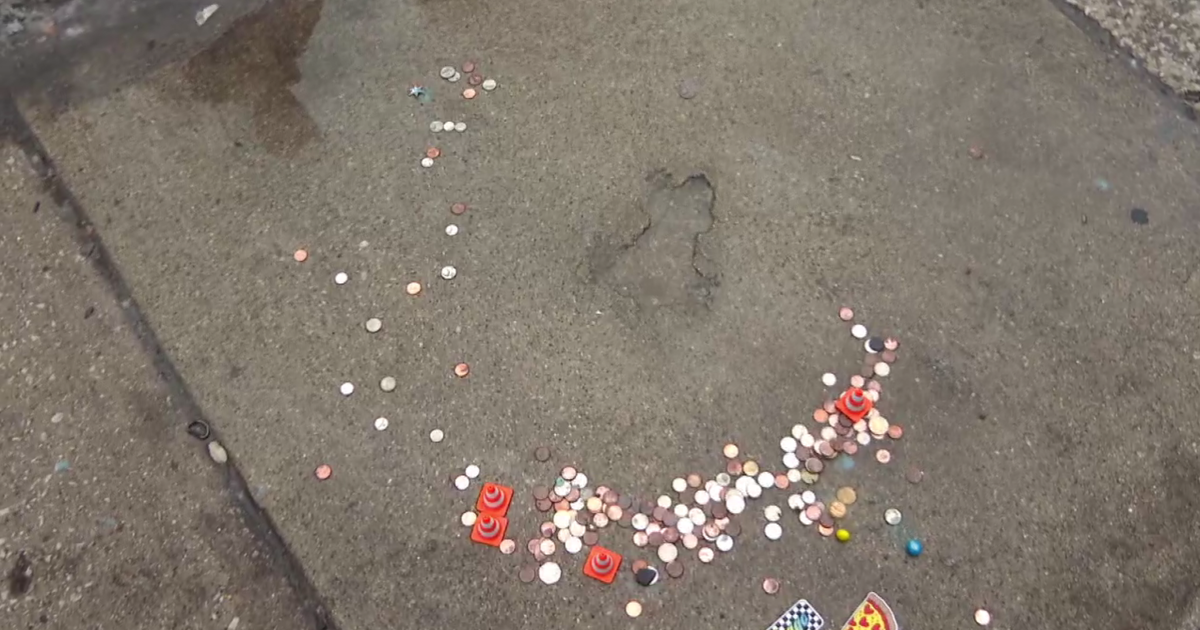Warthogs in love? Online matchmaking comes to the zoo
60 Minutes' Moment of the Week features a warthog crossing state lines for love. It's part of the genetic matchmaking zoos are engaging in to conserve animal populations. Below is a transcript.
What this leads to is zoo animals traveling the country in search of love, or at least a good genetic match. Layla, the rhino in front, moved from Kansas to Chicago to mate with Nakili, who seemed interested. This marmoset monkey just flew in from Omaha to meet her mate. And on the morning we visited, one of these warthogs was loaded into this crate for the nine-hour drive to his new home, and prospective love interest, waiting in Maryland.
Imagine transporting a polar bear.
Detroit Zoo executive director and CEO Ron Kagan can.
Lesley Stahl: So where did the male come from?
Ron Kagan: He was born in Denver, then went to Pittsburgh, and then came here.
Lesley Stahl: Did he go to Pittsburgh to mate as well?
Ron Kagan: Yes.
Lesley Stahl: Oh my goodness. He's a traveling swordsman.
Ron Kagan: That's what we do.
It began back in the 1970s, when zoos largely stopped getting animals from the wild and had to learn to manage their populations themselves. They came to realize that one major risk in a closed system, says geneticist Bob Lacy at the Chicago Zoological Society, is inbreeding.
Bob Lacy: The simple thing to do if we were breeding animals would be, for example, to have 100 giraffes in zoos and just let them breed on their own. The problem with that is if we did that, probably five or 10 of the males would be good breeders, and they would exclude the other males from breeding and we would very rapidly have a population where everyone is closely related to everybody else, and therefore we would lose diversity.
Lose diversity, meaning genetic diversity, since all the other giraffes' genes would be lost. So Lacy and a few colleagues developed software now used worldwide to assess animals' lineages and calculate ideal couplings to make sure all genetic lines remain in the mix.
Lesley Stahl: Can I call you the father of computerized animal dating?
Bob Lacy: (LAUGH)
Lesley Stahl: But it is computerized dating--
Bob Lacy: It is, yes--
Lesley Stahl: --and we smile about it--
Bob Lacy: --yes, it is.
Lesley Stahl: --but it really is. That's-- that's what you're involved in--
Bob Lacy: --and in ways-- Well, I don't know much about human computerized dating, but in ways that are probably comparable that we have to look at a lot of different factors, not only inbreeding, but social compatibility, age differences, how far away they would have to move.



